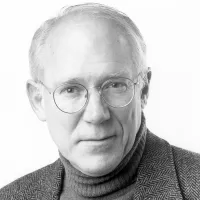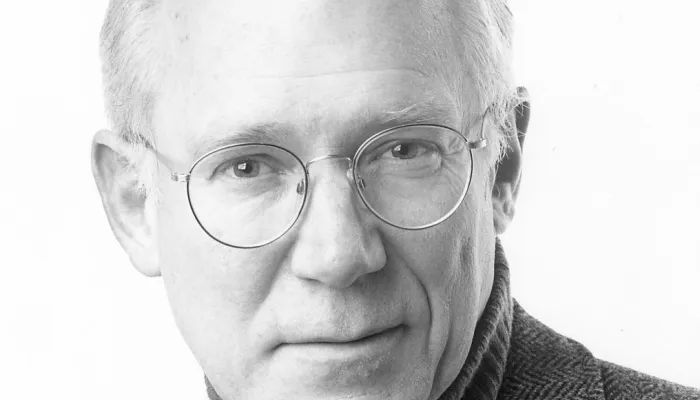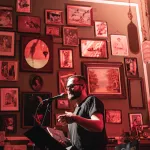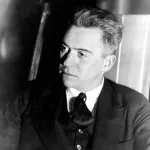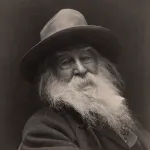These poems, these poems,
these poems, she said, are poems
with no love in them. These are the poems of a man
who would leave his wife and child because
they made noise in his study. These are the poems
of a man who would murder his mother to claim
the inheritance. These are the poems of a man
like Plato, she said, meaning something I did not
comprehend but which nevertheless
offended me. These are the poems of a man
who would rather sleep with himself than with women,
she said. These are the poems of a man
with eyes like a drawknife, with hands like a pickpocket’s
hands, woven of water and logic
and hunger, with no strand of love in them. These
poems are as heartless as birdsong, as unmeant
as elm leaves, which if they love love only
the wide blue sky and the air and the idea
of elm leaves. Self-love is an ending, she said,
and not a beginning. Love means love
of the thing sung, not of the song or the singing.
These poems, she said...
You are, he said,
beautiful.
That is not love, she said rightly.
Can an argument be the foundation of a love poem? Robert Bringhurst certainly thinks so!
- In the opening lines, the words “these poems” are repeated three times. What does the repetition tell us about the feeling and emotion of being in an argument?
- The intermingled use of “he,” “she,” and “I” in the poem might lead to confusion over who is saying what and to whom specific feelings or responses can be attributed. Might this ambiguity be intentional? Reflect on and play with Bringhurst’s use of pronouns. With different pens or highlighters, mark the sentences or feelings that you think belong to each of the two interlocutors.
- 3. Bringhurst’s poem is about an assortment poems we don’t actually see or hear, though we do get the impression that the “she” is not terribly impressed by them. Why isn’t she impressed?
- Do you read this as a love poem or as an argument between lovers? Could it be both?
- The use of ellipsis near the end of the poem marks a transition where the “he” in the poem cuts off the “she.” How does she respond? What does this poem teach us about love or its absence?
- Practise reading this poem with a partner. Sit across from one another and alternate lines. Switch roles. Think of the words as a conversation between passionate, playful individuals, who continue to love one another and might even enjoy arguing.
- Write a poem that is a dialogue between you and a friend/family member, using the she/he/they method of Bringhurst’s poem. What do you and this individual agree about? Disagree about?
Useful Links
Robert Bringhurst talks about language: https://www.youtube.com/watch?v=26fwWUIi_70
Watch this interview with Robert Bringhurst on poetry: http://www.themanchesterreview.co.uk/?p=8839
Robert Bringhurst, “These Poems, She Said” from The Beauty of the Weapons: Selected Poems 1972–1982. Copyright © 1982 by Robert Bringhurst.
